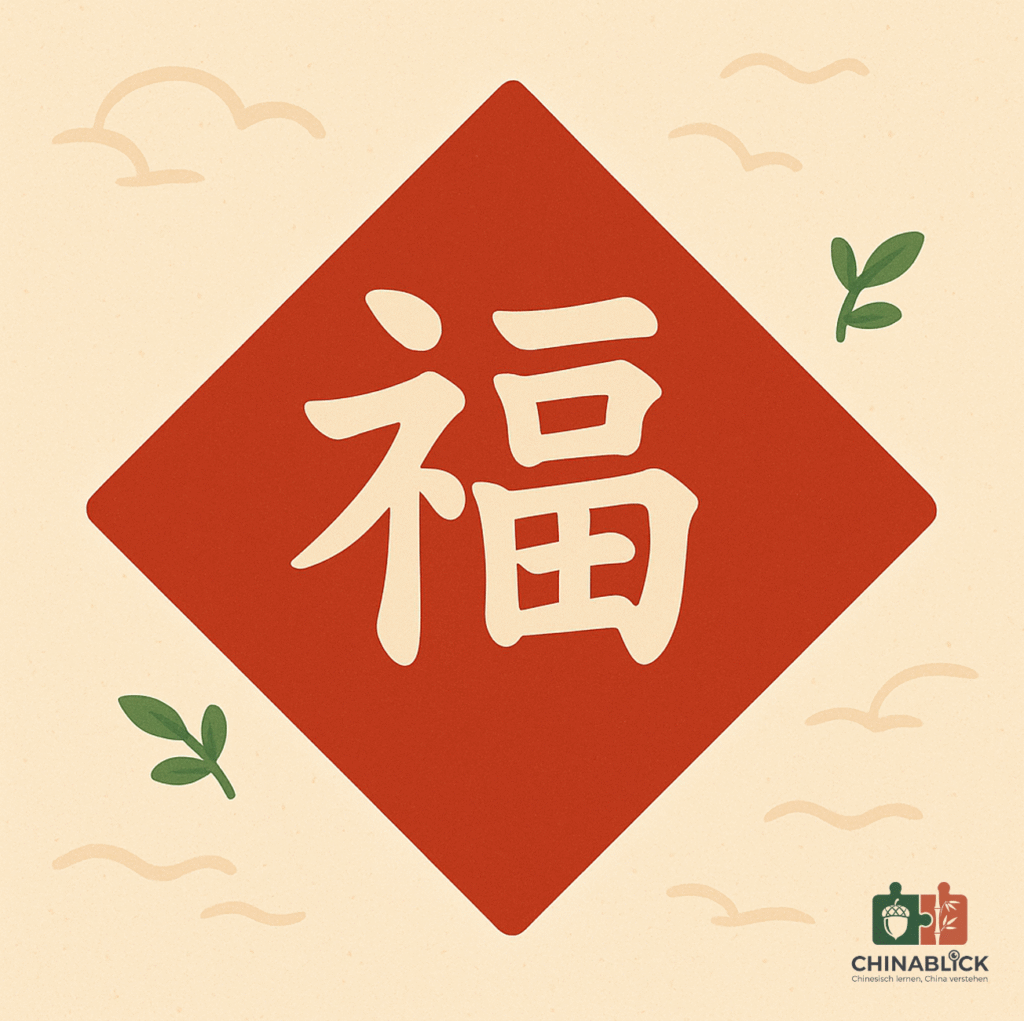
If you’ve ever spotted some mysterious symbols on a restaurant menu, or seen a big red 福 (fú, “good fortune”) character hanging on a friend’s door during Lunar New Year, you’ve already met Chinese characters. They might look like little works of art — but in fact, they are the everyday writing system used by over a billion people.
Why They Feel So Different
The first thing most people notice is: Chinese characters don’t look anything like our alphabet. That’s because they aren’t built from letters. They’re logographic, which means each character carries meaning, not just sound.
Think of it this way:
- The character 人 literally began as a sketch of a walking person.
- 山 was once three mountain peaks.
In other words, many characters are like mini drawings, tiny snapshots of the world that still survive in writing today.
Compare that with the alphabet: your teacher may once have told you “A looks like a little roof,” but the letter “A” itself doesn’t mean “house.” Chinese is different — it never lost that picture-like connection.
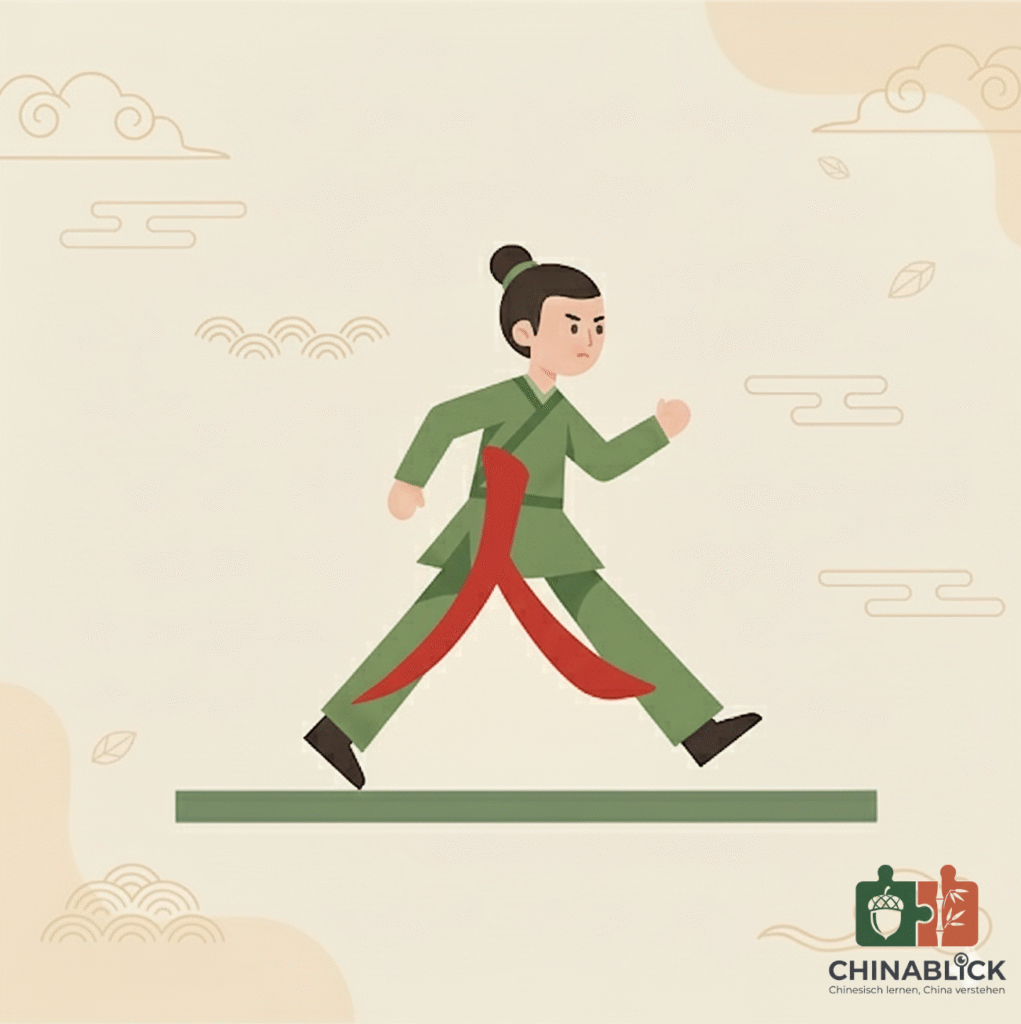
A Living Bridge to the Past
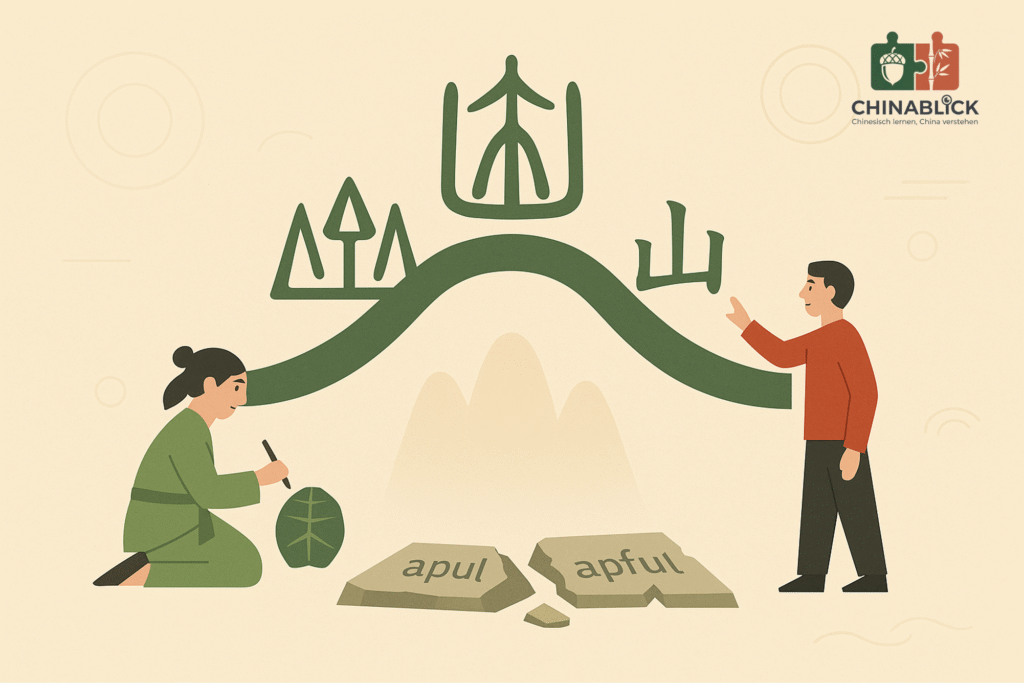
Chinese characters go back more than 3,000 years to oracle bone inscriptions. Here’s the mind-blowing part: the writing has never been interrupted.
Imagine this: a modern Chinese speaker could write 山 (“mountain”) and someone from thousands of years ago would still recognize it. The shapes have evolved, but the continuity is there.
That’s very different from German or English. Take the word “night”: in modern English it’s night, in Middle English it was nyght, and in Old English it was niht. Without training, you’d struggle to recognize it. But a Chinese character like 山 (“mountain”)? A modern writer could jot it down and someone from 3,000 years ago would still know what it meant.
More Than Just Words
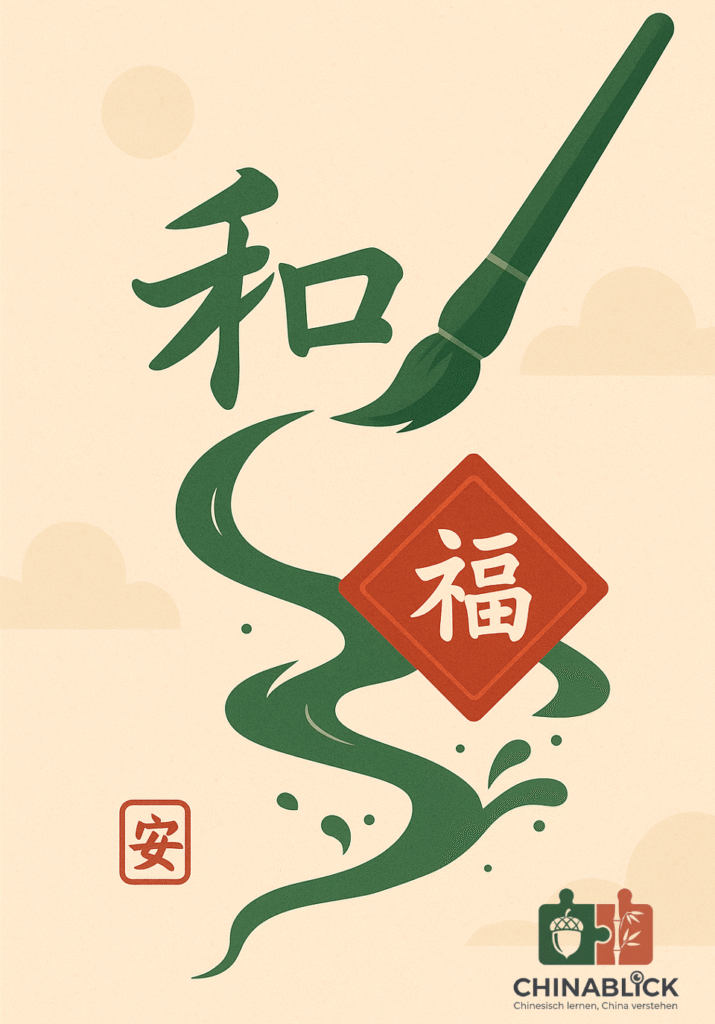
Characters aren’t only about communication. They’re also powerful cultural symbols:
- Calligraphy turns writing into art — every stroke shows personality.
- During festivals, characters like 福 (“good fortune”), 安 (“peace”), or 寿 (“long life”) appear on red paper as blessings.
- Some characters embody whole philosophies. 和 means “harmony,” but also reflects one of China’s deepest cultural values.
Why Bother With Characters?
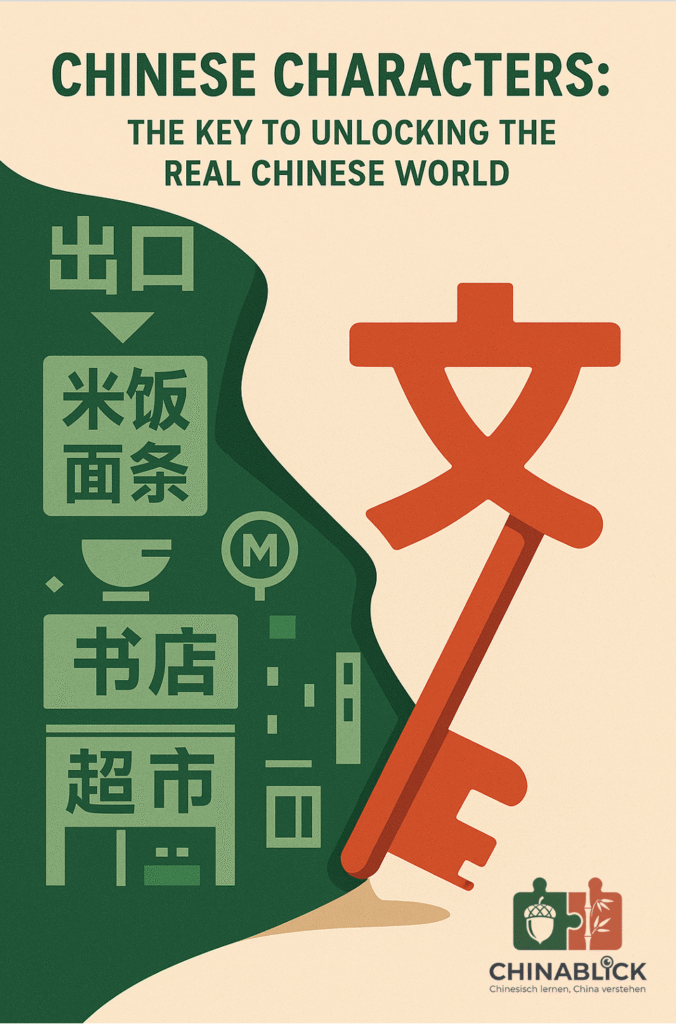
You might think: Can’t I just get by with pinyin? Sure, pinyin helps you pronounce words, but if you want to truly navigate life in China, characters are everywhere:
- At the subway: 出口 (“Exit”) — 出 means “go out,” 口 means “opening.” See it once and it clicks.
- At restaurants: 米饭 (rice), 面条 (noodles). Recognize a few characters, and suddenly you can order on your own.
- On shop signs: 书店 (bookstore), 超市 (supermarket). No guessing required.
In short: pinyin is a guide, but characters are the key to the real Chinese world.
The Next Step: Join Us on the Journey
Yes, learning characters takes effort. But it’s not about memorizing random symbols. It’s about discovering stories, patterns, and connections. Every new character is like finding a path in an ancient forest:
- Some are little pictures.
- Some combine like LEGO blocks to build bigger ideas.
- All of them open doors into Chinese culture.
In this blog series, we’ll guide you through the fascinating stories behind Chinese characters — one symbol at a time.
